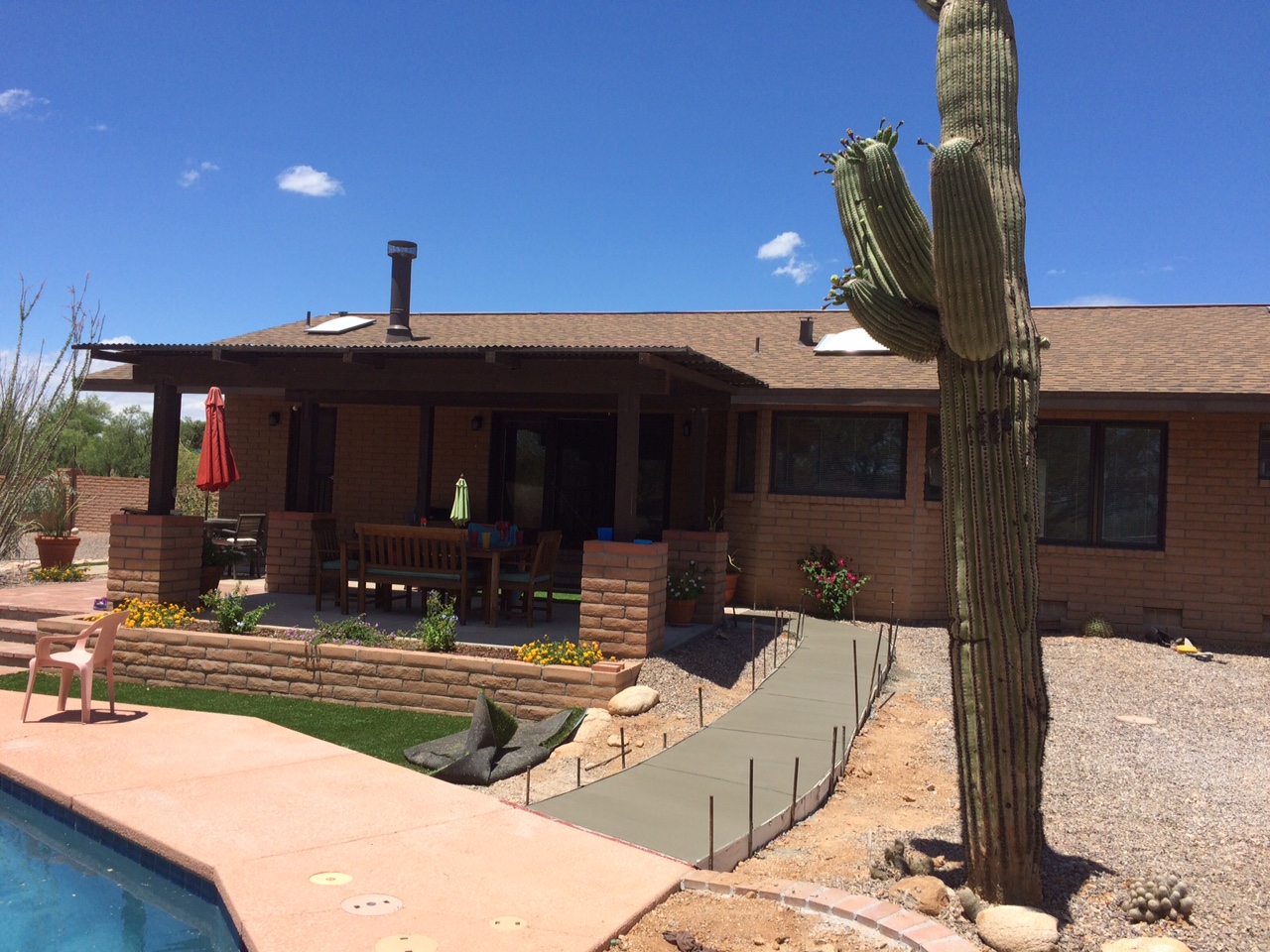


In a hot, dry environment and with few other options in downtown, the pools became an urban swimming refuge soon after the Community Center opened. Since the beginning, the city has failed to develop a plan that truly utilizes the cascading water features. Over the years, the city of Tucson has struggled to manage Eckbo’s design. Images courtesy the Arizona Historical Society. (bottom) Aerial of eastern section of the newly finished Community Center. (top) Upper fountains, just after completion. The various terraces provide a perfect setting for outdoor performance and informal gathering. His design of the plaza invites passers-by to participate in it. Tucson Community Center Happenings, Special Opening Edition, 1971 They designed the outdoor space to accommodate new expressions of ideas. The designers point out that the Community Center was intended to be a people place, and that activities and interests change as people become interested in new ideas. His intentions for the design of the Tucson Community Center landscape are reflected in a brochure released shortly after the grand opening: Over the course of his career, however, he became a landscape architect “of the people.” As noted by scholars Marc Treib and Dorothée Imbert in Garrett Eckbo: Modern Landscapes for Living, Eckbo “designed…in the public sphere, at times, for the lowest stratum of society” and that for him, landscape architecture was a “social art.” In his design for the Tucson Community Center, he aimed to bring the locals back into the area that the Center displaced through its creation. It is probable that his design intended to bring the mountains down into the city center in order to offer city dwellers an “urban swimming hole” as there are clear steps that lead down into the water.Įckbo – author of Landscape for Living and The Landscape We See – is most commonly known for his design of residential landscapes in Southern California in the first half of the 20 th century. His design of boulders and waterfalls cascading down the “urban canyon” was likely inspired by the nearby natural setting of Sabino Canyon. It is easy to see that Eckbo was inspired by the contrast of the surrounding Sonoran Desert with its pine tree covered Catalina mountains to the north.
LANDSCAPE DESIGN TUCSON SERIES
The pools and terraces create a series of waterfalls, some of which flow smooth and sheet-like, while others surge like grand, river rapids. Carved into the terraces are a variety of shallow pools with hand-selected boulders used to articulate their perimeters. It includes upper and lower grid-based tree groves which are linked by a series of stepped concrete terraces. The layout of the site consists of both formal and informal elements. It is the second of three landscapes in the area designed by Eckbo that also included Viente de Agosto Park (1971), which eventually became a linked chain of public spaces. Garrett Eckbo of Eckbo, Dean, Austin and Williams (later known as EDAW) was hired to develop a landscape that would tie the three buildings together with a central plaza. It included a grand opera hall, a smaller performance-based theater, and a main conference area with private show rooms, exposition halls, and an arena. The Tucson Community Center (now called the Tucson Convention Center) was one such project.

During that era, entire blocks of the historic downtown and many of its minority neighborhoods were destroyed in order to build large civic complexes and buildings. In the late 1960s and early 1970s downtown Tucson experienced a major transformation as part of the trend of urban renewal prevalent at that time. Today, it faces destruction nearly 40 years after its completion by the very city that once commissioned it. This landscape – composed of stepped terraces, undulating water courses, tree groves, and cool shallow pools – was created by Garrett Eckbo. “ Landscaping Accentuates ‘People Place’” was the headline in the local newspaper upon the grand opening of the Tucson Community Center in 1971. View of the main fountains with Opera Hall and grid-based African Sumac - Photo by Emily Yetman


 0 kommentar(er)
0 kommentar(er)
